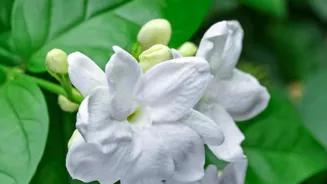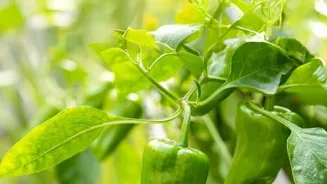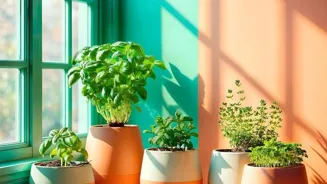Unveiling the Mysteries of Indian Jasmine Plants - Discover the Secrets That Will Amaze You! Read On to Explore!
Jasmine, or "mogra" as we lovingly call it in India, is more than just a pretty flower with
a divine fragrance. It's deeply ingrained in our culture, used in everything from religious ceremonies and weddings to perfumes and traditional medicine.
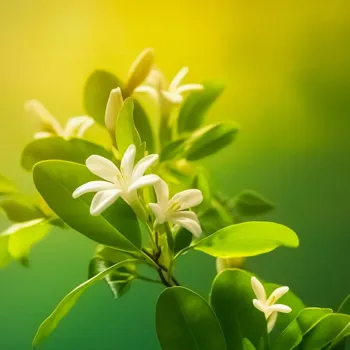
While most of us are familiar with its sweet scent, there's a whole world of fascinating facts about Indian jasmine that most people are unaware of. Get ready to be amazed by these little-known secrets of the beloved mogra!
More Than Just One: A Jasmine Family of Many
Did you know that what we commonly call "Indian Jasmine" isn't just one single plant? The term actually encompasses a whole bunch of jasmine species that are native to or widely cultivated in India. One of the most popular is Jasminum sambac, also known as Arabian Jasmine or "motia.
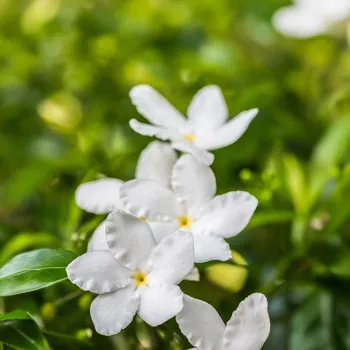
" This is the jasmine most often used for making gajras (flower garlands) and perfumes. But there are other types too, like Jasminum auriculatum, which is super fragrant and often used in the perfume industry, and Jasminum grandiflorum, known for its larger flowers and potent scent.
Each of these species has slightly different characteristics in terms of fragrance, flower shape, and growth habits. So, the next time you admire a jasmine plant, remember it might be one of several fascinating members of the Indian jasmine family.
Understanding these differences allows you to appreciate the diversity within this fragrant group and choose the perfect jasmine for your garden or needs. Whether you prefer the strong scent of grandiflorum or the delicate aroma of sambac, there's an Indian jasmine variety for everyone.
You might even consider planting multiple types to create a symphony of scents in your garden! The world of Indian jasmine is far more diverse and complex than most people imagine, offering a rich tapestry of fragrances and floral forms to explore.
Night Bloomers: Why Jasmine Smells Stronger in the Evening
Ever noticed how jasmine seems to smell even sweeter after the sun goes down? That's because jasmine flowers are primarily night bloomers! They release their strongest fragrance in the evening and at night to attract nocturnal pollinators like moths.
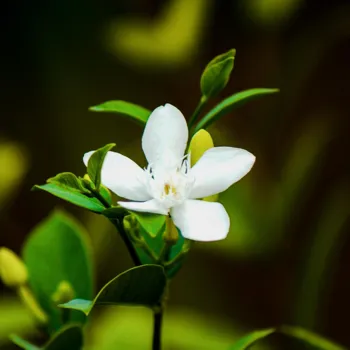
These tiny creatures play a vital role in the plant's reproduction. The intense fragrance acts like a beacon, guiding them to the flowers. During the day, the fragrance is still present, but it's often more subtle as the plant conserves its energy.
This nighttime fragrance release adaptation is a clever evolutionary strategy that ensures the jasmine plant's survival. So, if you want to fully experience the captivating fragrance of jasmine, make sure to take a stroll through your garden or near a jasmine plant in the evening.
You'll be rewarded with a truly mesmerizing sensory experience. This is also why jasmine is often used in perfumes and aromatherapy, as its potent nighttime fragrance can have a calming and uplifting effect. In essence, the night is when jasmine truly shines, both literally and figuratively.
It's a time when its fragrance is at its peak, inviting us to appreciate its beauty and connect with nature's rhythms.
Secret Ink: Jasmine Flowers as Natural Dye
Here's a surprise: jasmine flowers can be used to create a natural dye! While not as vibrant or long-lasting as synthetic dyes, jasmine flower extracts can impart a delicate yellow or cream color to fabrics and other materials.
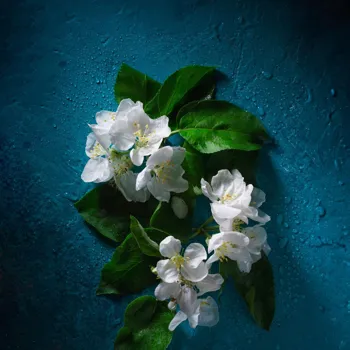
The process involves boiling the flowers in water and then using the resulting liquid to dye the desired item. This natural dyeing technique has been used in some parts of India for centuries, particularly for delicate fabrics like silk and cotton.
It's a more environmentally friendly alternative to chemical dyes. The color produced is subtle and natural. The intensity of the color depends on the concentration of the jasmine extract and the type of fabric being dyed.
While this use of jasmine is less common today, it highlights the plant's versatility and its historical importance in traditional crafts and practices. It offers a glimpse into a time when natural resources were utilized in every possible way.
Imagine wearing a garment infused with the essence of jasmine! It adds a whole new dimension to the concept of fragrant fashion. However, it is important to note that the dye is less potent and requires more flowers.
Mood Booster: Jasmine's Aromatherapy Benefits
Beyond its enchanting fragrance, jasmine has significant aromatherapy benefits. The scent of jasmine is known to have a calming and uplifting effect on the mind and body. Inhaling jasmine essential oil or simply being around jasmine flowers can help reduce stress, anxiety, and even depression.
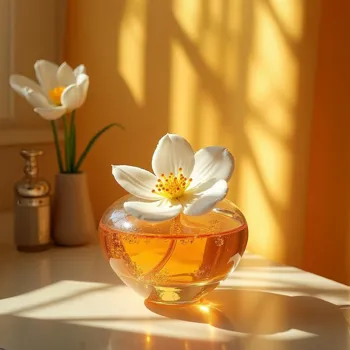
It promotes feelings of relaxation, confidence, and optimism. This is why jasmine is often used in aromatherapy diffusers, massage oils, and bath products. Its ability to evoke positive emotions makes it a popular choice for those seeking to improve their mood and overall well-being.
In fact, some studies suggest that jasmine can even improve sleep quality. The fragrance can help lull you into a restful state, leading to a more peaceful and rejuvenating night's sleep. So, if you're feeling stressed or down, consider incorporating jasmine into your daily routine.
Whether it's a cup of jasmine tea, a whiff of jasmine essential oil, or simply admiring a jasmine plant in your garden, this fragrant flower can provide a much-needed boost to your mood and overall sense of well-being, naturally bringing sunshine to your routine.
The Tea Connection: Flavoring and Fragrance
Jasmine tea is a beloved beverage around the world, and India is no exception. While many people associate jasmine tea with China, it's also widely enjoyed in India, particularly in regions with a strong tea culture.
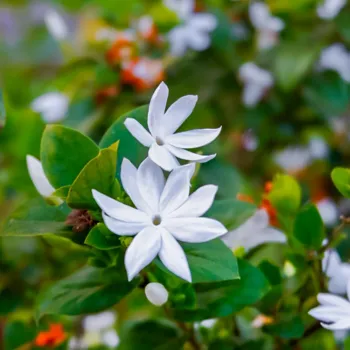
The process of making jasmine tea involves infusing green tea leaves with the fragrance of jasmine flowers. This is typically done by layering the tea leaves and jasmine flowers together overnight, allowing the tea to absorb the delicate aroma of the blossoms.
The result is a fragrant and flavorful tea with a light, floral taste. Jasmine tea is not only delicious. Its aroma comes with calming effects. It is believed to have various health benefits of its own. It is also considered to be antioxidant rich.
Depending its availability, many enjoy a daily cup or two. Some even prefer it over regular tea, because it provides a comforting and aromatic experience. It also stands apart from other tea variants. It is considered as a symbol of hospitality.
Lucky Blooms: Jasmine and Auspicious Occasions
In Indian culture, jasmine flowers are considered highly auspicious and are used extensively in religious ceremonies and celebrations. They are often offered to deities as a symbol of purity, devotion, and good fortune.
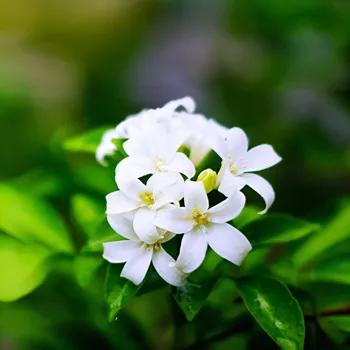
Jasmine garlands are also a common sight at weddings, where they represent love, beauty, and marital bliss. The fragrant blooms are believed to bring blessings and prosperity to the newlyweds.
In some communities, jasmine flowers are also used to decorate homes and temples during festivals, adding a touch of elegance and spirituality to the occasion. The presence of jasmine is said to purify the atmosphere and create a positive and harmonious environment.
Its strong association with auspicious events makes it a cherished and revered flower in Indian society. This is why you'll often see jasmine vendors outside temples and wedding halls, offering these fragrant blooms to devotees and celebrants alike.
The simple act of offering a jasmine flower is seen as a way to express one's faith, seek blessings, and celebrate life's joyous moments.
Growing Mogra: It's Easier Than You Think!
Many people assume that growing jasmine is difficult, but that's simply not true! With a little care and attention, you can easily cultivate your own jasmine plant at home. Jasmine thrives in warm, sunny climates with well-drained soil.
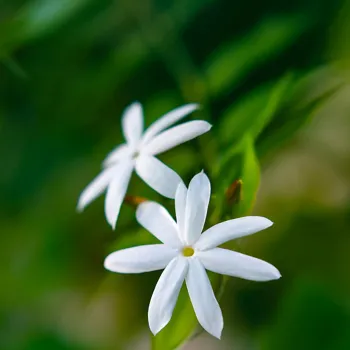
Regular watering and occasional fertilization will help it to flourish. You can grow jasmine in pots or in the ground, depending on your space and preference. Pruning the plant regularly will encourage bushier growth and more abundant blooms.
With appropriate care, you will be able to enjoy the plant growing in your home itself! In many regions of India, jasmine plants can bloom year-round, filling your garden with their intoxicating fragrance.
Growing jasmine is a rewarding experience that allows you to connect with nature and enjoy the beauty and fragrance of this beloved flower. Whether you have a sprawling garden or a small balcony, there's a jasmine variety that's perfect for you.
So, why not give it a try and experience the magic of growing your own mogra?
AI Generated Content. Glance/InMobi shall have no liability for the content